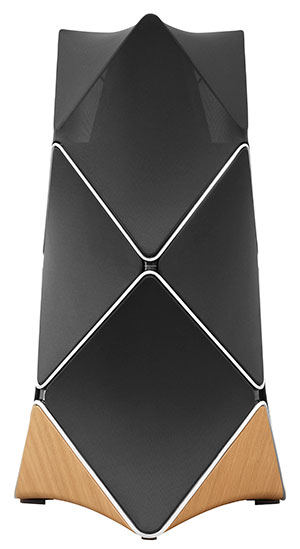- Joined
- Oct 11, 2018
- Messages
- 3,740
- Likes
- 6,454
When Paul Klipsch was working it out, watts were low, hard to come by, and expensive. Also, it was the era of monophonic. So you didn't have people talking about soundstage, imaging, and things like that. At least like they do with stereo. [As an aside, I believe Klipsch was using the Brook amplifier (designed by Lincoln Walsh of speaker fame) as a reference.] His 'what the world needs is a good 5 watt amp' quip reflected the times. It was not a tweako argument for expensive SETs, like many could see it, today.So Paul Klipsch was right to massively emphasize efficiency because he thought it's the best overall design?
And Dahlquist was equally right to massively emphasize time alignment because he thought it's the best overall design?
By the time Saul Marantz and Jon Dahlquist devised their speaker, power amps sporting two to three hundred watts per channel were not uncommon. I think these facts alone led to a major shift in design criteria.
All that said, it is interesting to ponder how the DQ-10 is long gone, while Paul Klipsch's creations are still bought and sold.



